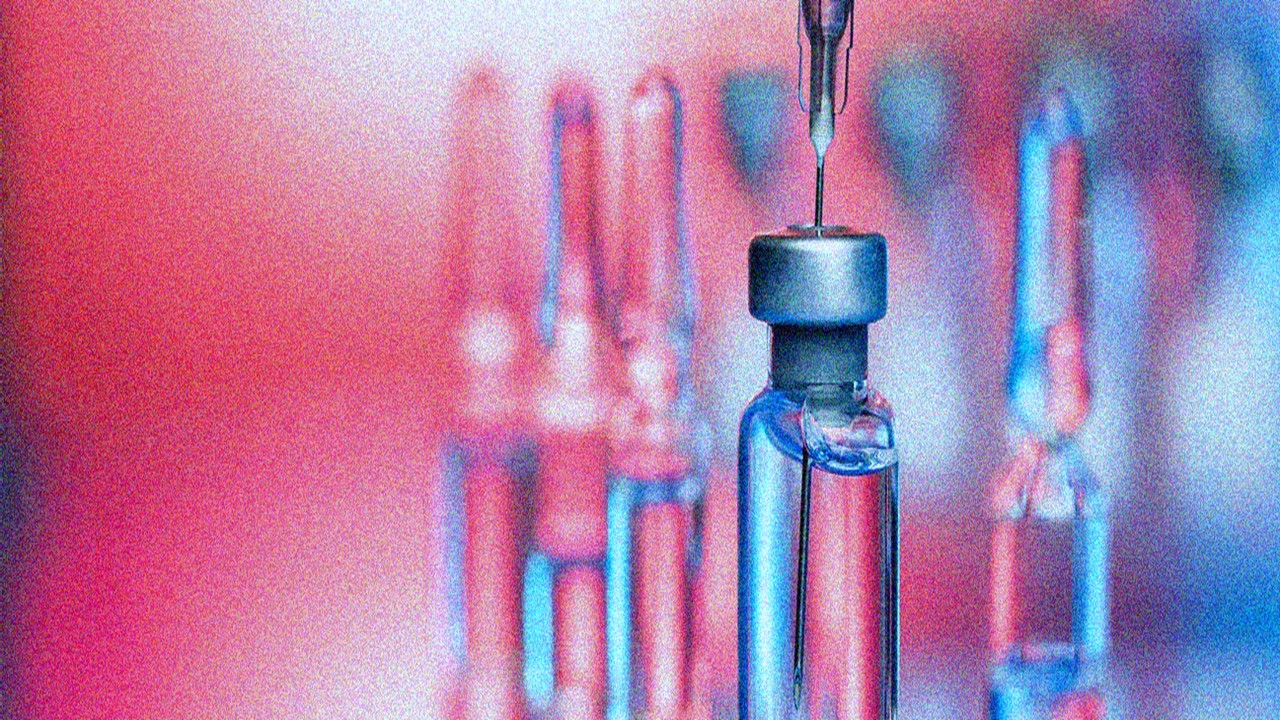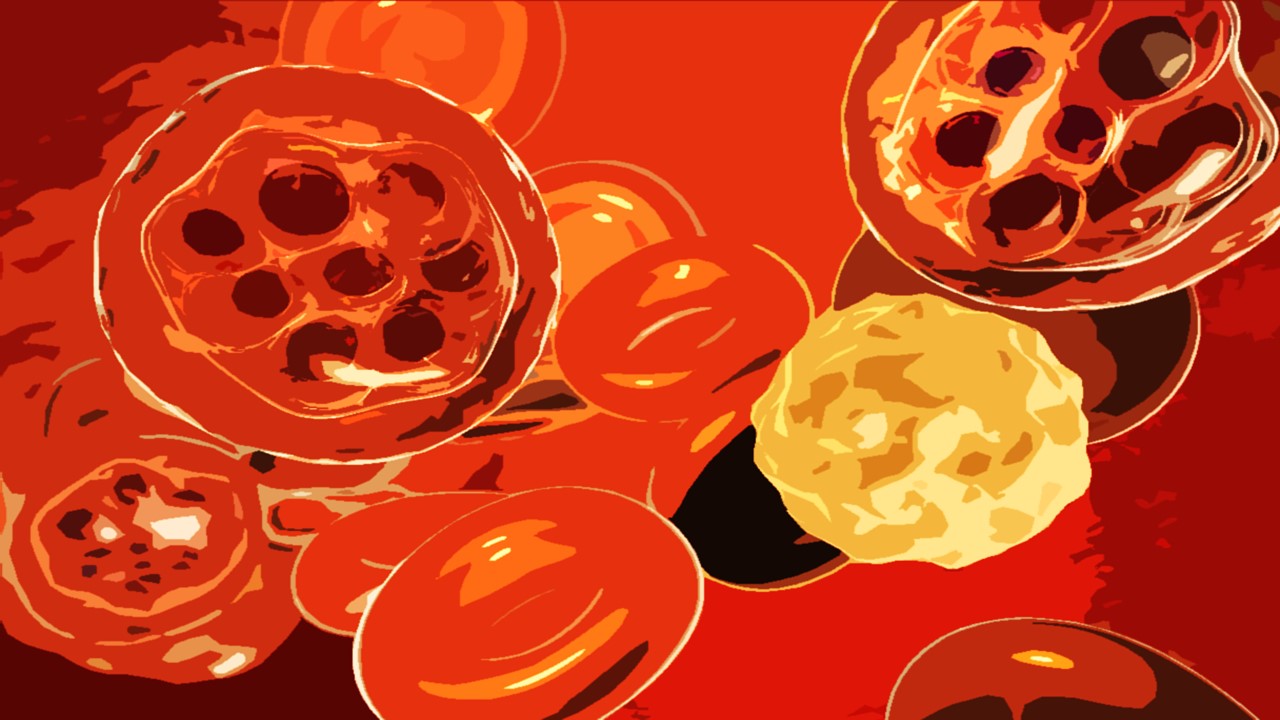Hepatitis E virus (HEV), traditionally understood as a hepatotropic pathogen, is now recognized for its far-reaching consequences, extending to extrahepatic manifestations such as neurological disorders. These include debilitating conditions like Guillain-Barré syndrome (GBS) and neuralgic amyotrophy (NA). Despite this, the mechanisms underlying these associations remain largely undefined, presenting a significant challenge in understanding and mitigating HEV-induced complications. Recent advancements in laboratory models have opened avenues to explore the interactions between HEV and neural tissues, offering insights into its pathogenic behavior.
Neurological manifestations of HEV are perplexing due to the virus’s dual nature. While primarily infecting the liver, evidence suggests its ability to cross the blood-brain barrier and infiltrate neuronal tissues. These findings have significant implications for both acute and chronic HEV infections, particularly in patients with compromised immune systems. The complexity of HEV’s systemic effects underscores the urgent need to unravel its interactions with neuronal systems, bridging gaps in our understanding of viral neuropathogenesis.
This growing body of research aims to shift HEV from its traditional confines in hepatology to a broader perspective encompassing its role in systemic and neurological diseases. By examining the impact of HEV on neuronal models, researchers can uncover pathways of viral infiltration, replication, and resultant cellular damage. This approach is critical in formulating targeted therapies to mitigate HEV’s far-reaching effects beyond the liver.
A New Frontier in HEV Research: Human iPNs as a Model System
The development of human-induced primary neurons (iPNs) represents a transformative step in understanding HEV’s neurotropic behavior. This model system, derived from reprogrammed renal epithelial cells from urine samples, circumvents the invasiveness of traditional tissue extraction methods. By generating iPNs from induced pluripotent stem cells (iPSCs), researchers created a replicable system to study HEV’s interaction with mature neurons. This method allows for patient-specific investigations, offering a personalized approach to studying HEV infections.
Over a 21-day differentiation process, iPNs develop into mature neurons expressing characteristic markers of neuronal progenitors, immature neurons, and fully developed neural cells. The differentiation process also aligns with a transcriptional profile reflective of neuronal maturation. This model system was particularly noteworthy for its susceptibility to HEV, especially in neurite-bearing cells, where viral replication was observed at significantly higher rates. This susceptibility is hypothesized to be linked to specific cellular receptors or structural features of the neurites.
The utility of iPNs extends beyond infection studies, providing a platform to explore genetic and epigenetic influences on HEV susceptibility. It also enables investigations into the virus’s impact on neuronal morphology and function. Despite its strengths, the model system’s time-intensive generation limits its application to chronic HEV cases, emphasizing the need for complementary approaches to study acute infections.
Silent Saboteur: HEV and the Absence of Neuronal Immune Response
The study uncovered a critical vulnerability in neurons: their muted innate immune response to HEV. Unlike hepatocytes, which mount robust antiviral defenses, iPNs demonstrated minimal activation of interferon-stimulated genes (ISGs) upon infection. This stark contrast highlights the immune-privileged status of neuronal cells, a feature that may prevent inflammatory damage but also leaves them susceptible to viral exploitation.
Despite exhibiting intrinsic expression of core ISGs like STAT1, STAT2, and ADAR, neurons failed to upregulate these genes following HEV infection. This lack of response extended to other components of the innate immune system, such as Toll-like receptors (TLRs), which were undetectable in iPNs. In comparison, hepatocytes displayed strong activation of interferon pathways, highlighting fundamental differences in immune signaling between liver and neural tissues.
The muted immune response observed in neurons may reflect evolutionary adaptations to minimize collateral damage in the central nervous system (CNS). However, it also represents a double-edged sword, allowing pathogens like HEV to persist and replicate within neuronal cells. Understanding these immune deficiencies is essential for developing therapeutic strategies to enhance neuronal defenses without triggering detrimental inflammation.
Breaking Down Neural Defenses: HEV and Neurite Retraction
HEV’s ability to impair neuronal structures became evident in its effect on neurite length. Neurites, essential for neural connectivity and signal transmission, were significantly shortened in iPNs following HEV inoculation. This reduction in length was not accompanied by a decrease in the number of neurites per neuron, indicating a specific disruption in neurite outgrowth rather than general cellular damage.
Gene expression analysis provided insights into potential mechanisms driving this phenomenon. Several deregulated genes, including VEGFA and CAV1, are known to influence neurite extension and structural integrity. Additionally, components of the TGF-beta signaling pathway, such as TGFBI and ENG, showed significant alterations, suggesting that HEV may interfere with molecular pathways critical for neuronal repair and growth.
These findings highlight the dual threat posed by HEV: structural damage to neurons and impaired regenerative capacity. By modulating host gene expression, HEV may limit the ability of neurons to recover from injury, compounding its neuropathological effects. Future research is needed to determine whether these changes are directly driven by viral proteins or arise from indirect, immune-mediated processes.
Crossing the Blood-Brain Barrier: HEV’s Neuroinvasion Pathway
One of the most intriguing aspects of HEV’s neuropathology is its ability to cross the blood-brain barrier (BBB). Studies suggest that HEV can infect microvascular endothelial cells, providing a potential mechanism for its entry into the CNS. This pathway mirrors other neurotropic viruses like Zika and herpes simplex, which exploit similar strategies to breach the BBB.
Within neuronal tissues, HEV localizes to neurites and perinuclear regions, indicating targeted viral replication and assembly. This tropism for neurite-bearing cells raises questions about the role of neural connectivity in facilitating viral spread. The virus’s interaction with cytoskeletal elements, particularly within neurites, may be a critical factor in its ability to establish and maintain infection within the nervous system.
Understanding the mechanisms by which HEV crosses the BBB and establishes infection in neural tissues is essential for developing interventions to prevent or mitigate its neurological impact. Targeting the virus at this entry point could provide a strategic avenue for limiting its systemic and CNS effects.
Clinical Implications: Bridging Laboratory Insights with Patient Care
The neurological manifestations of HEV present unique challenges in diagnosis and treatment. Ribavirin, currently used off-label for chronic HEV infections, offers limited efficacy in addressing the virus’s extrahepatic effects. The findings from this study underscore the need for targeted antiviral therapies that address HEV’s impact on the nervous system.
Personalized models like iPNs hold promise for tailoring treatments to individual patients. By accounting for genetic and epigenetic variability, these systems enable more precise investigations into HEV pathogenesis and therapeutic responses. However, the time required to generate iPNs limits their use in acute cases, emphasizing the need for complementary rapid diagnostic tools and models.
This research highlights the importance of integrating laboratory findings with clinical practices to address HEV’s complex pathology. By bridging the gap between experimental models and patient care, researchers can develop holistic strategies to combat HEV and its far-reaching effects.
The Road Ahead: Unraveling HEV’s Neurological Mysteries
Despite significant advances, many questions remain about HEV’s neuropathology. Is the reduction in neurite length a direct result of viral replication, or is it mediated by host immune responses? What role do other CNS cell types, such as astrocytes and microglia, play in HEV’s neurological manifestations? Addressing these questions is critical for advancing our understanding of HEV’s impact on the nervous system.
Future studies should focus on dissecting the molecular mechanisms underlying HEV’s effects on neuronal structure and function. Investigating the interactions between HEV proteins and host signaling pathways may reveal novel therapeutic targets. Additionally, exploring the virus’s impact on CNS immune cells could provide insights into its ability to evade or exploit the immune system.
As research progresses, the insights gained from models like iPNs will be instrumental in addressing HEV’s systemic and neurological effects. By building on these findings, researchers can pave the way for innovative therapies and preventive measures, ultimately reducing the burden of HEV on global health.
Study DOI: https://doi.org/10.1073/pnas.2411434121
Engr. Dex Marco Tiu Guibelondo, B.Sc. Pharm, R.Ph., B.Sc. CpE
Editor-in-Chief, PharmaFEATURES

Subscribe
to get our
LATEST NEWS
Related Posts

Infectious Diseases & Vaccinology
Harnessing IgA: A Breakthrough in HIV Vaccine Innovation
A vaccine eliciting strong IgA responses could revolutionize HIV prevention by protecting the virus’s primary entry points.

Infectious Diseases & Vaccinology
Prostate Cancer Precision-Targeting: The Promise and Challenges of Vaccine Therapies
The future of prostate cancer vaccines lies in combination therapies that harness the strengths of multiple modalities.
Read More Articles
Myosin’s Molecular Toggle: How Dimerization of the Globular Tail Domain Controls the Motor Function of Myo5a
Myo5a exists in either an inhibited, triangulated rest or an extended, motile activation, each conformation dictated by the interplay between the GTD and its surroundings.













